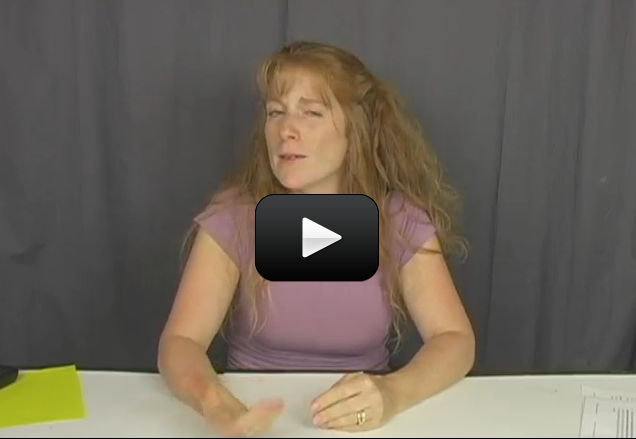Light acts like both a particle and a wave, but never both at the same time. But you need both of these concepts in order to fully describe how light works.
Energy can take one of two forms: matter and light (called electromagnetic radiation). Light is energy in the form of either a particle (like a marble) or a wave that can travel through space and some kinds of matter (like a wave on the ocean). You really can’t separate the two because they actually complement each other.
Low electromagnetic radiation (called radio waves) can have wavelengths longer than a football field, while high energy (gamma rays) can destroy living tissue. Light has wavelength (color), intensity (brightness), polarization (the direction of the waves that make up the light), and phase.
Materials: sink or bowl of water, glow in the dark toy, camera flash or sunlight
[am4show have=’p8;p9;p11;p38;p92;p10;p37;p89;’ guest_error=’Guest error message’ user_error=’User error message’ ]
To show how light acts like a wave, you can pass light through a glass of water and watch the rainbow reflections on the wall. Why does this happen? When the light passes through the glass and the water, it changes wavelength and angle to give different frequencies of light (different colors).
Dip your fingers in a bathtub of water. Can you see the ripples traveling along the top surface? Light travels just like the waves on the surface of the water.
Light also acts like a particle. Use a camera flash to quickly charge a glow-in-the-dark toy in a dark closet. The light particles (photons) hit the electrons in the toy and transfer energy to the electron. The result is that the electron emits another light particle of a different wavelength, which is why glow-in-the-dark toys don’t reflect back the same color light they were charged with.
Learn more about this scientific principle in Unit 9.
[/am4show]

